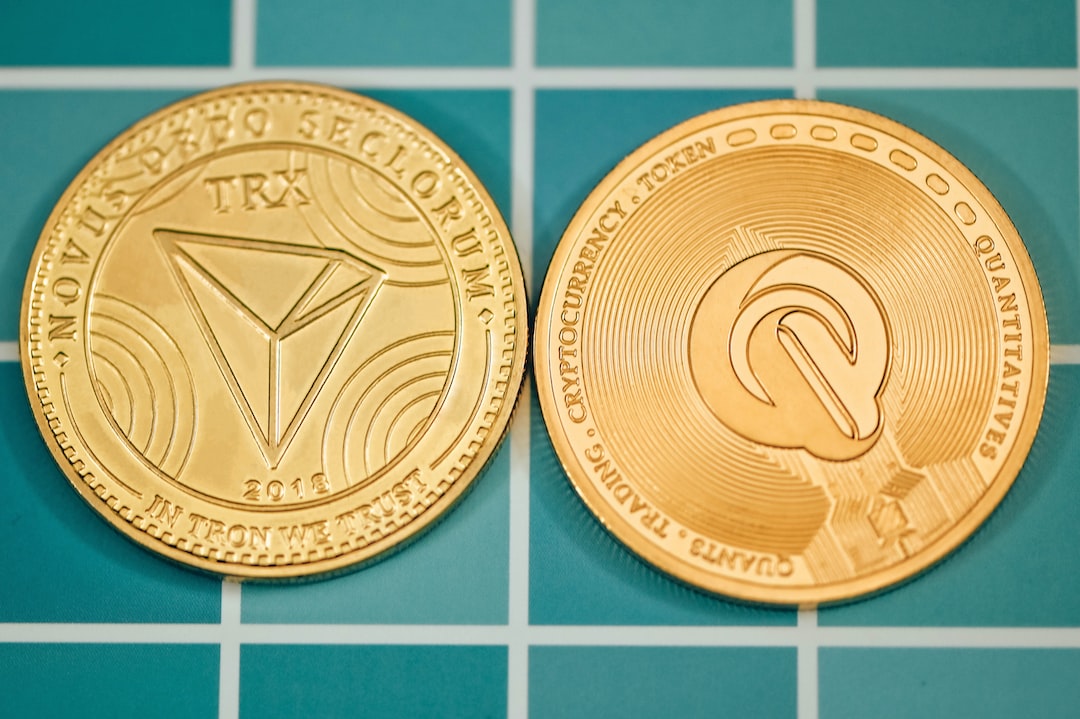Hot Take: Taking the necessary steps to secure your cryptocurrency is crucial in the world of digital assets. Hardware wallets provide an excellent solution for storing and managing your private keys, ensuring the safety of your digital assets. By using a hardware wallet, you have full control over your cryptocurrencies, eliminating the need to trust a third party. With offline storage and additional security features like pin codes, hardware wallets offer robust protection against hacking and theft.
Exploring the Different Types of Hardware Wallets Available: There are several leading brands in the market that offer hardware wallets with varying degrees of security and usability. Brands like Ledger and Trezor are well-known for their reliable and user-friendly devices. Other notable providers include Ellipal, CoolWallet, SafePal, and Ngrave, each offering unique features to cater to different user preferences.
Setting Up Your Hardware Wallet: The process of setting up a hardware wallet is straightforward and designed to be user-friendly. After installing the wallet’s software, you will be prompted to set up a PIN or passphrase and store a backup recovery seed phrase in a secure, offline location. Adding funds to your hardware wallet and making transactions is also a simple process within the wallet software.
Safely Storing Your Cryptocurrency: Ensuring the secure storage and management of your private keys and recovery seed phrase is crucial for safely using a hardware wallet. It is essential to keep your private keys and recovery seed phrase confidential and stored offline. Regularly updating your hardware wallet’s firmware and taking physical security measures, such as storing it in a secure location and using tamper-evident seals, are also important.
Common Troubleshooting Tips for Hardware Wallet Users: While hardware wallets are highly secure, users may encounter occasional issues. Troubleshooting tips include trying different USB ports or cables, ensuring firmware is up to date, and refreshing the wallet software if there are synchronization errors. Remember that your coins are stored on the blockchain, not the wallet itself.
Protecting Your Hardware Wallet from Physical Damage and Theft: Implementing strategies to protect your hardware wallet physically and digitally is crucial. Storing it in a secure location when not in use, buying from reputable sources, and being cautious of phishing attempts are essential steps to safeguard your hardware wallet.
By following these guidelines, you can enhance the security of your cryptocurrencies and have peace of mind knowing that your digital assets are well-protected.





 By
By
 By
By
 By
By

